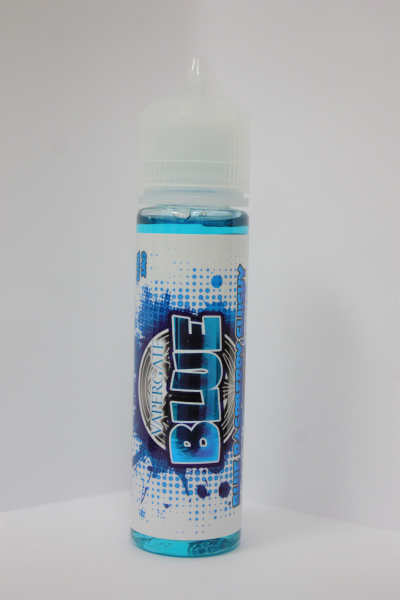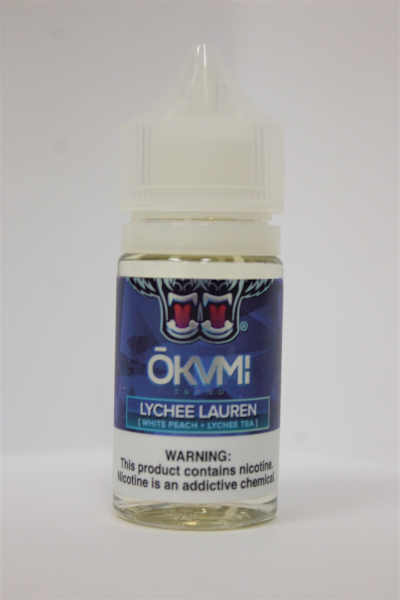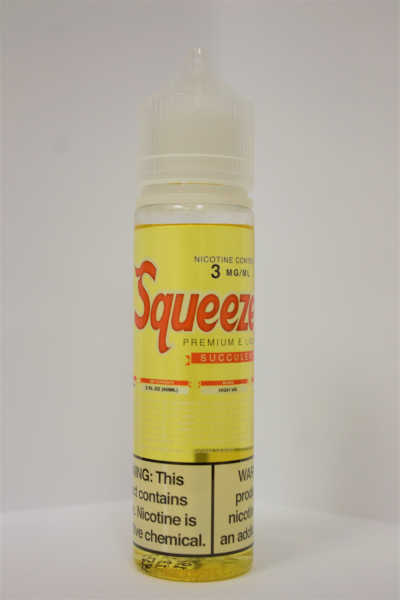China starts regulating the vapor hardware and liquids sold in its domestic market.
By Josh Church
One could easily argue that China is the birthplace of e-cigarettes. For well over a decade, Chinese companies have been manufacturing, distributing, exporting and selling vapor products at a large scale. While most of these goods produced over the last 10 years have been exported for sale into international markets, some products remained at home. During this period, China has maintained a steady growth in the number of its domestic e-cigarette users and remained in the presence of vapor retail channels.
Anyone who has had the opportunity to attend the IECIE trade show that occurs annually in Shenzhen, China, has had the opportunity to observe this growth. The event is now one of the largest vapor and e-cigarette expos in the world. In years past, much of the trade show attendance consisted of international companies and buyers, with little to no attendance of local domestic Chinese e-cigarette users.
This has shifted drastically in the past two years. The event now mirrors the size and scope of the events that took place in or around 2016 throughout the United States. Thousands of Chinese vapers now flood the attendance lines in hopes of getting a look at the newest and hottest products of the year. With this huge uptick in usage of vapor products by the Chinese people, the question arises as to how these products get to market and who oversees them.
For anyone who has visited China, it is made apparent the minute you step foot in the country that the smoking culture is prevalent and widespread. China’s regulators have long developed ways to regulate and authorize traditional tobacco products.
China’s tobacco industry is run by a state-owned monopoly. At the head of this structure is the Ministry of Industry and Information Technology. The ministry is responsible for maintaining and enforcing the tobacco monopoly. Under the ministry, two divisions covering tobacco products exist, the first being the State Tobacco Monopoly Administration (STMA). The STMA is the government agency responsible for all tobacco regulations.
The second division is the China National Tobacco Corporation (CNTC). The CNTC is the state-owned manufacturer of tobacco products and is currently the largest producer of combustible cigarettes in the world. Split between these two divisions is the responsibility to regulate and operate a market that accounts for more than 40 percent of the world’s total consumption of traditional combustible cigarettes.
With such a prevalence of tobacco use by the Chinese people, you would expect that the regulations may be less stringent than what we see in other global markets, especially when it comes to advertising tobacco products. This is not the case.
The regulations on where products can and cannot be advertised are well-established and observed. These restrictions cover traditional methods such as print, radio or television ads. Even outdoor banners or billboards featuring tobacco products are required to go through a long preapproval process. With these strict regulations in place, the Chinese tobacco brands have had to comply and become creative with how they market their products.
Over the past decade, China has also seen a social push to ban smoking in certain places, namely hospitals and doctors’ offices but also restaurants and bars in some of the larger, more international cities. Until recently, vapor and e-cigarette manufacturers, as well as users, were unburdened by such restrictions.
This situation has changed. Until recently, e-cigarettes and vapor products were outside the umbrella of STMA regulations and had little participation from CNTC. Currently, discussions are taking place within the government agencies in regard to how the Chinese e-cigarette market will be regulated and who will be in control of the regulations. What will industry taxation consist of, and what kind of cooperation can be forged between the CNTC and the private Chinese e-cigarette manufacturing companies? What does this mean for the budding industry, and how does it play out for the Chinese e-cigarette user?
Recently published draft standards for the e-cigarette industry point to a new era of regulation for the Chinese e-vapor product manufacturers and their consumers. The current Chinese national e-cigarette standard specifies the terms and definitions, technical requirements, testing methodology (for devices, e-liquids and vapor emissions) as well as the requirements for packaging, labeling, user instructions and transportation. This impacts all e-cigarette and vapor products intended for domestic sales.
These standards borrow heavily from what we have seen in the EU with the Tobacco Products Directive, or TPD, as well as safety features that overlap with the UL 8139 battery safety standard for electronic nicotine-delivery system devices. The standard is broken down into sections covering the aforementioned items and gives clarity on limits and requirements for each.
For the aspects of the devices themselves, many of the standards are common to most consumer electronic products and include Chinese standards such as the GB31241, which is a widely used standard for products containing a lithium ion battery cell. There are some uncommon requirements that cover such things as sealing and leak prevention for atomizers as well as a visual volume marking on the side of all tanks or pods. This harkens to the first product exported widely by China in the early 2010s. The requirement that really sets this standard apart from others is the limitation of output power or wattage to 40 watts at the atomizer connection.
Moving into e-liquid packaging, we see some similarity to the EU TPD with a nicotine threshold of 20 mg per mL of nicotine in the final e-liquid solution and no more than 200 mg of nicotine in a childproof/tamper-evident refill container. Also listed are limitations on identified toxicants and the prohibition of certain additives. Again, we see some Chinese national standards referenced, including GB14881, which covers the liquid production.
The standard then moves into testing methods. These methods cover key items such as automatic shut-off verification, numerous drop test requirements, EMC radio disturbance, temperature limitations and chemical analysis of components that touch the mouth or contain e-liquid. Basic requirements are listed in the packaging section of the standard, mentioning packaging quality as well as limitations on design and materials to prevent contamination of the final goods.
Labeling requirements are more in-depth, covering not only the packaging but also the labeling required on the device or e-liquid container. Most of these requirements are congruent with regulations throughout the EU and U.S., and they include things such as the listing of manufacturers’ information, date of manufacturing, storage conditions and graphical warning requirements. Finally, the standard outlines the necessary material that must be published in the instructional manuals. Both e-liquids and vapor devices are required to include an instruction manual consisting of an inspection certificate and manufacture information.
Devices also require diagrams indicating key functions, refilling methods, service and cleaning procedures. Devices and e-liquids must also include instructions for proper waste disposal. Overall, the Chinese e-cigarette standard is in line with what we have seen globally. It will be interesting to watch how this standard is ratified and enforced once regulations are put in place. Professionals across the country seem to agree that this will happen sometime between October and the end of 2019.
These initial standards are just the beginning of a long process to create regulations for a new and dynamic industry. Many questions are still unanswered. Will the vapor manufacturers be forced to abide by the same marketing restrictions as the traditional tobacco companies? Will the taxation scheme push them into the same channels as traditional tobacco? Will Chinese health officials recognize vapor products as a safer alternative to combustible cigarettes? What does the future landscape look like for a vaper in China? Will they be lumped in with cigarette smokers and banned from using their devices in the same places?
These questions can only be answered with a high level of speculation. As has been the case in many other countries, only time will tell what the future holds for China’s e-cigarette industry.

Josh Church
Josh Church is the chief regulatory and compliance officer of JWEI Group, the largest vapor industry manufacturer in the world.














